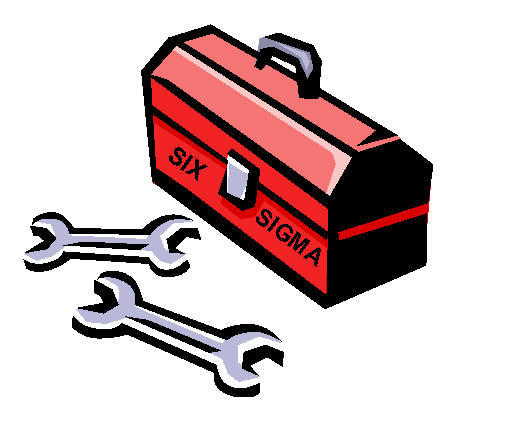

In every company, people in organizations make decisions and implement changes every day. Many of these changes are not typically the type of things that warrant a Six Sigma project. That being said, it should be recognized that the application of some Six Sigma tools in these everyday activities can provide a significant positive impact on daily business as well as serve as a catalyst for cultural transformation. For example:
- Completing a FMEA for a”just do it” can increase the probability of “just doing it right.”
- A simple process change accompanied by a SIPOC may identifya customer that may not have been previously considered.
- Using a C&E matrix torank employment candidates against desirable knowledge, skills and abilities can be helpful in developing the “short list” of candidates to further interview.
No, these are not Six Sigma projects nor should they be. But these are great examples ofhow basic Six Sigma tools can help leaders and employees make better business decisions on a daily basis.
Having a Six Sigma toolbox chocked full of DMAIC and DFSS power tools is great. Keeping a couple of wrenches in your toolbox to help folks turn their “just do it” into “just do it better ” may be just the twist needed to close the gap between doing Six Sigma and being Six Sigma.